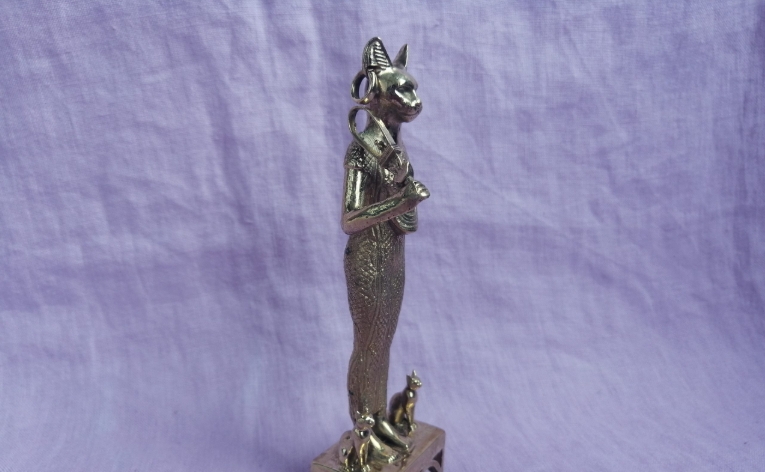Bastet, the ancient Egyptian goddess often represented as a lioness or a woman with the head of a lioness, holds a significant place in Egyptian mythology and art. Her sculptures not only enhance our understanding of ancient Egyptian culture but also reflect the values they cherished—protection, fertility, and joy. In this blog post, we will explore the fascinating world of Bastet sculptures, their historical significance, and their modern-day interpretations.
1. The Historical Significance of Bastet Sculptures
Bastet sculptures date back to around 3000 BCE, evidencing the goddess’s longstanding importance in Egyptian society. Initially worshipped in her fierce lioness form, she transitioned to a more nurturing figure over time, embodying domesticity and fertility. These sculptures were often placed in temples and homes, serving as protective talismans. The craftsmanship of these artifacts provides insights into ancient Egyptian artistry and their reverence for the divine.
2. Common Materials and Styles Used in Bastet Sculptures
Bastet sculptures were crafted using a variety of materials, including basalt, granite, and clay. Each material was chosen for its availability and aesthetic appeal, reflecting the skills of ancient artisans. The sculptures typically exhibit a blend of realism and stylization, with detailed features like the goddess’s curved ears and vibrant eyes. This artistry not only conveys her physical attributes but also evokes her character—gentle yet powerful. The use of hieroglyphics in some sculptures further enhances their storytelling aspect, revealing the stories and attributes associated with Bastet.
3. Modern Interpretations of Bastet in Art and Culture
In recent years, interest in Bastet has surged in pop culture and contemporary art. Artists and sculptors have reimagined her image, blending ancient motifs with modern aesthetics. This resurgence highlights a growing fascination with ancient Egyptian mythology as a source of inspiration. Additionally, you can find Bastet’s image adorning everything from jewelry to home decor, allowing people to connect with her symbolism of protection and home. This blend of the ancient and modern serves to keep the legacy of Bastet alive in new and exciting ways.
In conclusion, Bastet sculptures are not just relics of the past; they are vibrant symbols of ancient Egyptian culture that continue to inspire us today. Whether you’re an art enthusiast, a history buff, or simply curious about ancient mythology, exploring these magnificent sculptures offers a window into a world rich with meaning and artistry. We encourage you to delve deeper into the significance of Bastet and discover how her legacy lives on in our modern lives.

